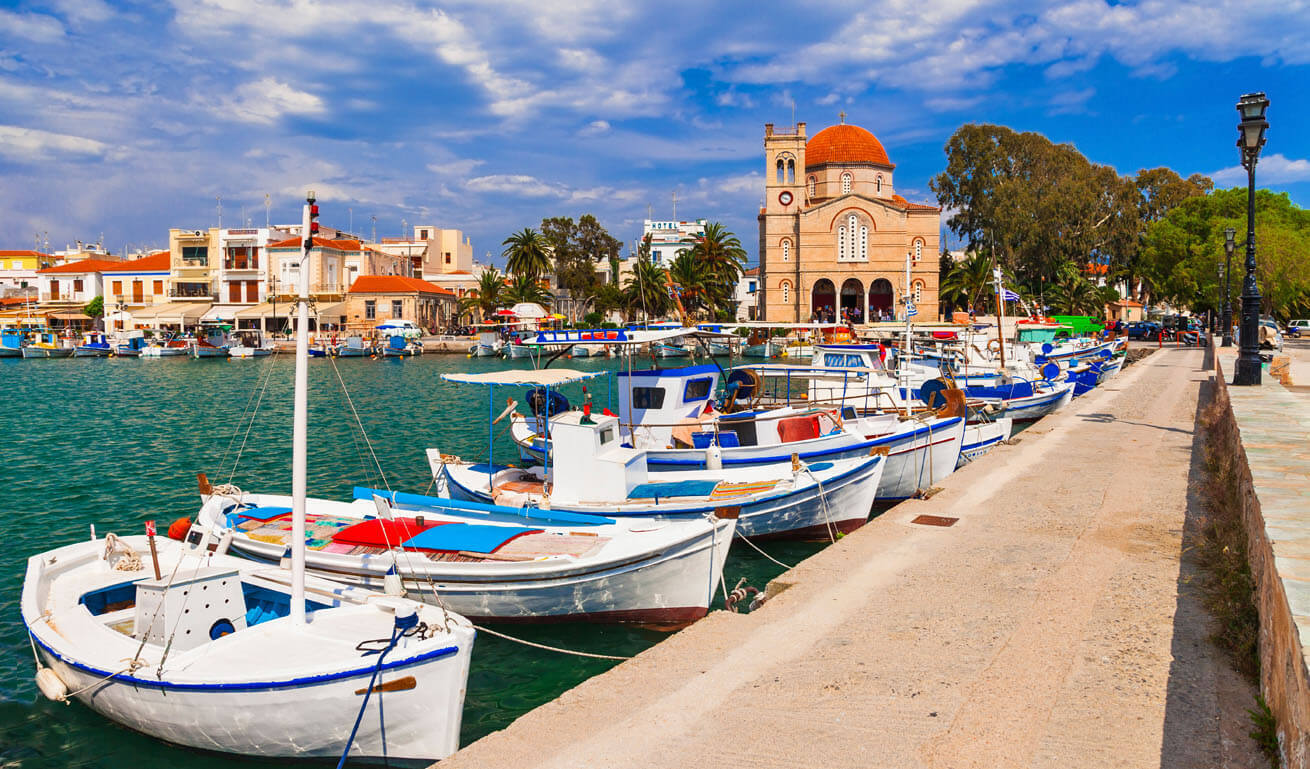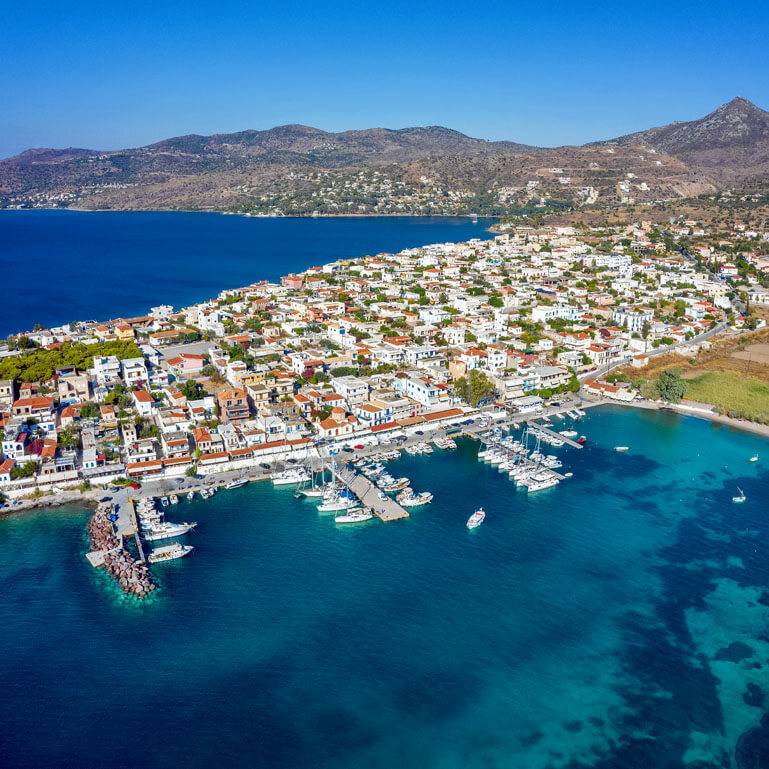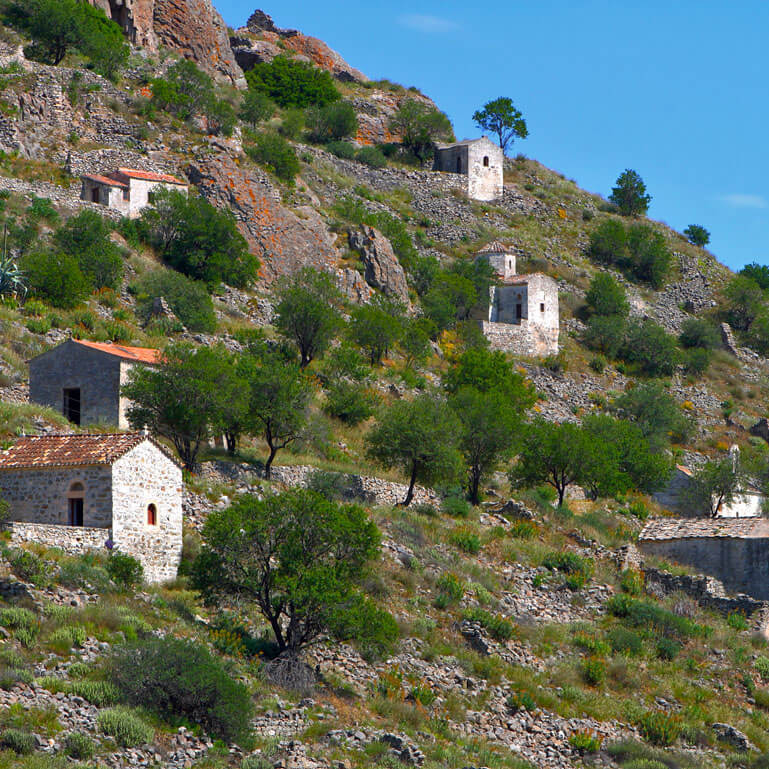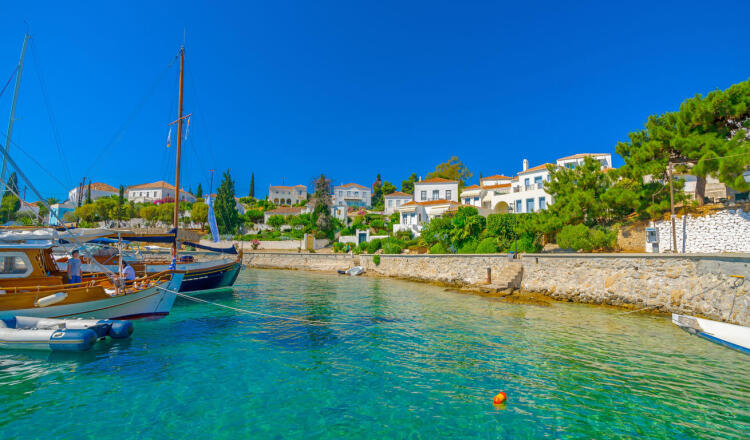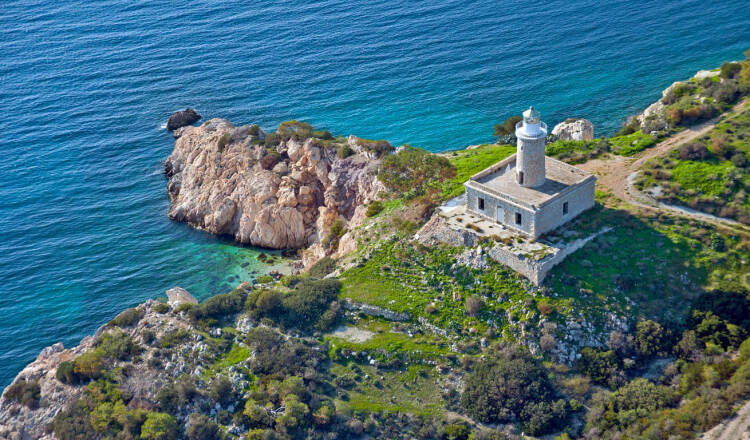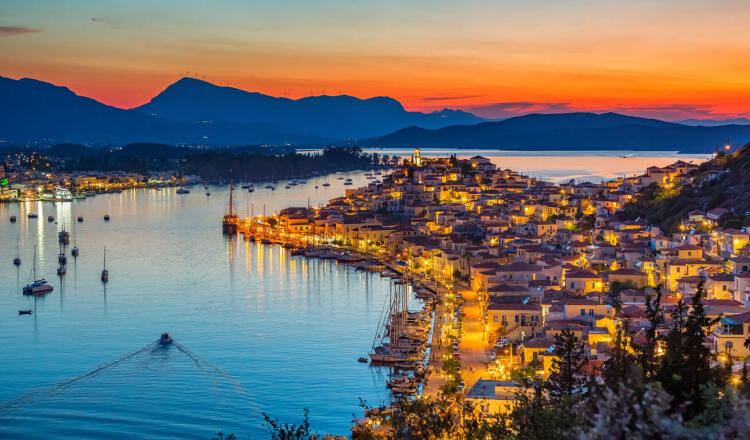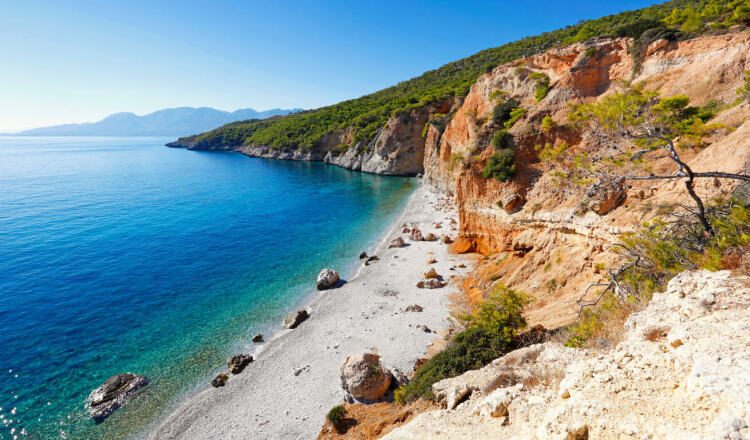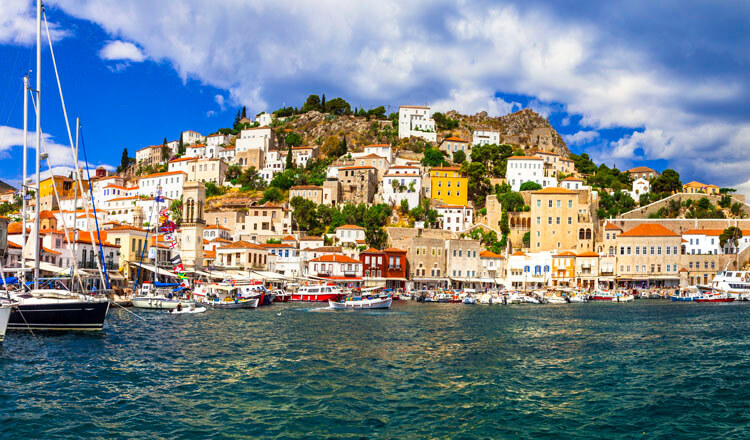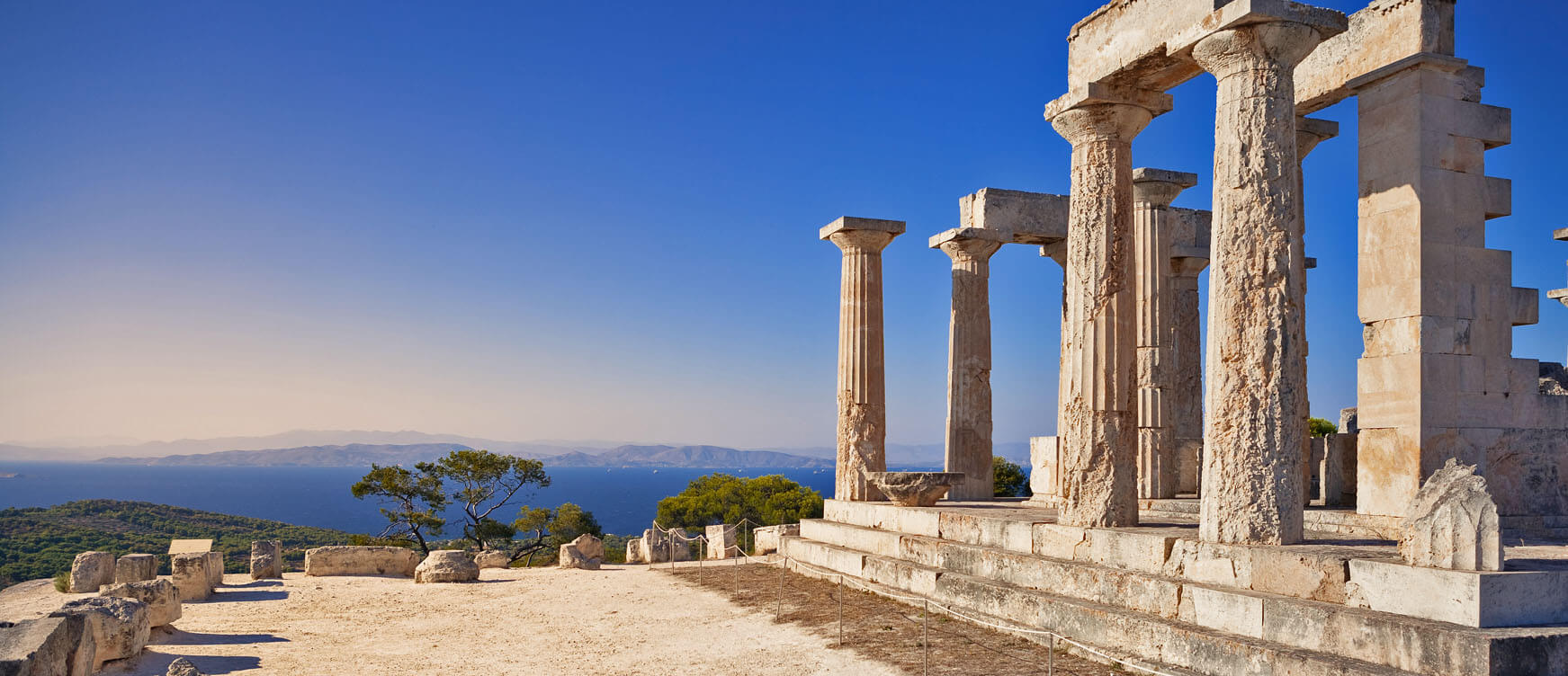
Aegina
NOW
34 °C
Next 5 days
-
MON
38 °C
-
TUES
37 °C
-
WED
38 °C
-
THURS
41 °C
-
FRI
41 °C
Source: National Observatory of Athens /meteo.gr
The island of Aegina is one of the most popular tourist destinations as it is the closest island to Athens (only 16.5 nautical miles from the port of Piraeus).
From 11/1/1827 until 3/10/1829 Aegina town was the temporary capital of the newly founded Greek state. It was during that period when Governor Ioannis Kapodistrias had impressive neoclassical mansions built to house his headquarters, which are well worth a visit.
From 11/1/1827 until 3/10/1829 Aegina town was the temporary capital of the newly founded Greek state. It was during that period when Governor Ioannis Kapodistrias had impressive neoclassical mansions built to house his headquarters, which are well worth a visit.

ISLANDS
According to myths, the island took its name from a nymph - daughter of the river God Asopos - whom Zeus fell in love with and took with him to the island!
Discovering the Island
During your stay don’t miss:
- Archaeological Museum of Kolona, Aegina,
- Markellos Tower built by Markellos, a 1821 War of Independence hero and later Governor of the island, which now houses the Kapodistrias Spiritual Center,
- Kapodistrias Orphanage, the first public building during Kapodistrias’ administration,
- Eunardeio, a 1829 building in Doric style and
- Aegina Cathedral, the first Cathedral of the Modern Greek State, which also housed Kapodistrias Government and the first parliament of the modern Greek State.
The Temple of Aphea Athena: Close to Agia Marina lies the 500 BC Doric Temple of Aphea Athena, the most important monument on the island. The temple was founded there and it formed an equilateral triangle with the Parthenon in Athens and the Temple of Poseidon at Sounion, the so-called “holy triangle” of antiquity. The most impressive part of the temple is its wonderful sculpted pediments, a large part of which is exhibited at the Glyptothek of Munich. Excavation findings are on display at the Archaeological Museumof Kolona, Aegina.
The Sanctuary of Apollo Delfinios, Kolona: Located at a short distance from the harbour, the area took its name from a standing column (of Doric type), the only one remaining from a 6th Century BC temple. Mount Kolonas was a religious centre of the ancient town. Archaeological research has revealed the presence of more than ten historical buildings dating from the most recent Neolithic era (5th millennium BC) to the Mycenaean period (1600- 1200 BC). See excavation findings on display at the Archaeological Museum of Kolona, Aegina.
Palaiochora, Agia Marina: The site of Paleochora represents Aegina during Byzantine times. This site is known as the “Island Mystras” because it once had 565 churches, 28 out of which (with exceptional wall paintings) have withstood the ravages of time, just like the ruins of a medieval castle and two incredible monasteries.
Saint Nektarios Monastery: Near Palaiochora, on the road to Souvala, lies the impressive Monastery of Agios Nektarios, one of the largest monasteries in the Balkans. It was built in the 20th Century (between 1904 and 1910) on the site of a small Byzantine monastery.
Soak up the sun on the island’s beaches:
- Perdika, a quiet pebbly beach in the traditional village of Perdika,
- Souvala, distinctive for its warm, therapeutic waters suitable for curing rheumatisms,
- Agia Marina, a cosmopolitan organized tourist destination with numerous hotels, rooms to let, beach bars and restaurants,
- Marathonas, two sandy beaches, one next to another, 4 km away from the town,
- Vagia, a beautiful sandy beach offering amenities, but if you are willing to walk a little further, you can enjoy beautiful isolated coves.

BY SEA
Aegina is connected to Piraeus and many boats leave daily for the journey to be about 40 minutes.

